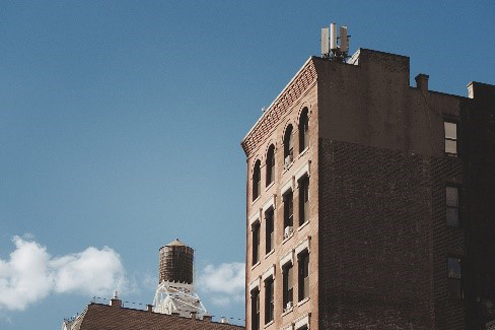 Welcome to the Property Owner Portal! This page is designed to provide relevant information about the grant project, what it means for eligible East Side property owners, and to address any potential questions or concerns property owners may have. To navigate within this portal, we recommend
Welcome to the Property Owner Portal! This page is designed to provide relevant information about the grant project, what it means for eligible East Side property owners, and to address any potential questions or concerns property owners may have. To navigate within this portal, we recommend
- reading this introduction
- reviewing the Fact Sheet for Property Owners tabs below
- reviewing the image links in the order listed below, or select those that seem the most relevant to your needs, and
- email us at
mdp.brownfields@maryland.gov if you need more information or want to find out if your property is eligible for a free Environmental Site Assessment.
The fact sheets listed below cover the following topics: Brownfield Revitalization Incentive Program (BRIP) Tax Credit; descriptions of state and Baltimore County incentive areas that overlap with the project target area; facts sheets about the Maryland Department of Environment’s Voluntary Cleanup Program (VCP) and Technical Review Service (TRS); and testimonials from satisfied past participants of EPA’s community-wide assessment grants.
